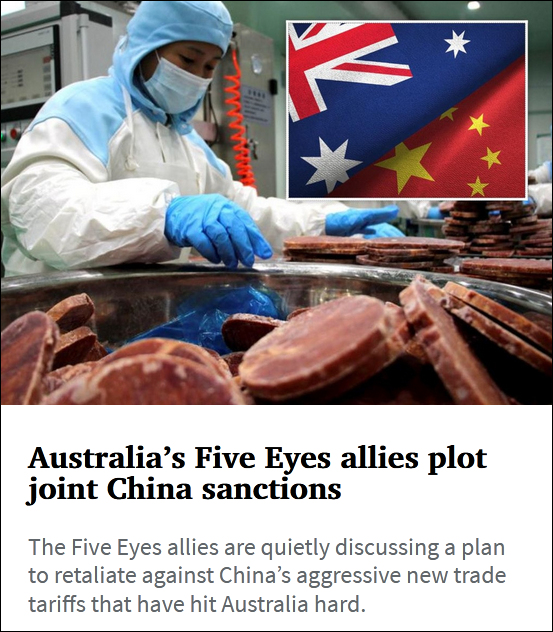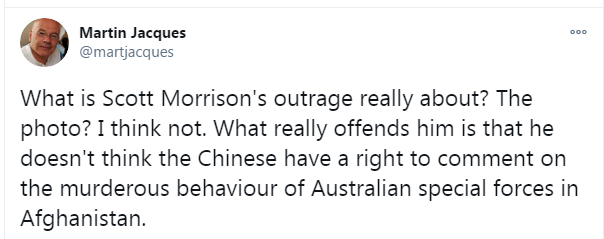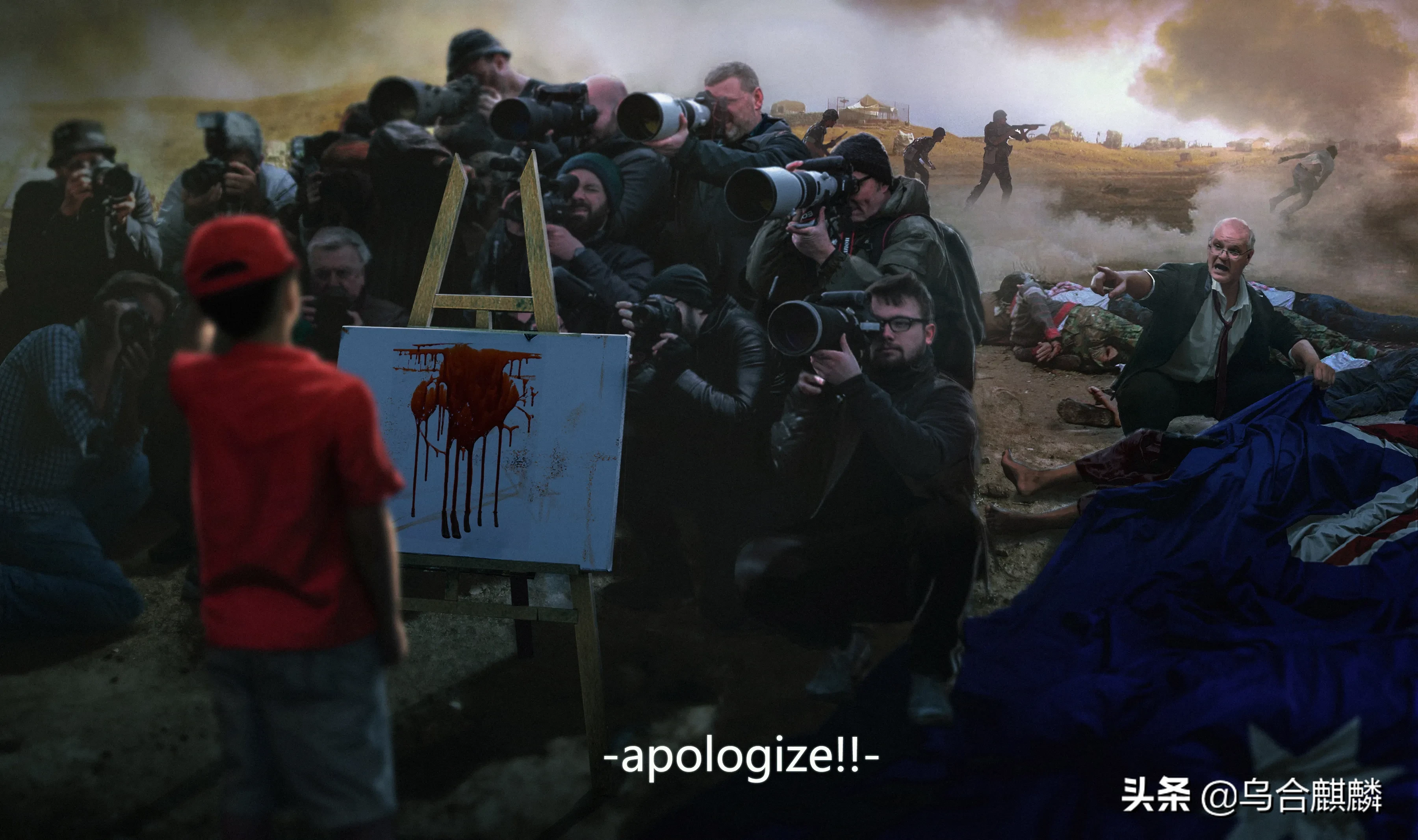
Two Chinese firms partner with Rio Tinto on project to overhaul Western Australia’s Cape Lambert
Greenland poise to develope the second largest rare-earth mine in the world
Not about independence, nor economy nor environment, but about dominance. Whether the prize will go to China or US? The Tuesday, 6 April election will determine the outcome.

Australian hero
Ned Kelly was a scoundrel, bushranger, cattle and horse thief, bank robber and cold blooded killer who led the Kelly gang from 1870 until his death by hanging in 1880.
It says something about a nation that reveres a criminal and serious lawbreaker as a national icon, a man idolised for his contempt of authority and the law.
Australians are mostly law abiding citizens, respectful of the authority of government and the courts but somehow this villain and his legend has won their way into the hearts of a very large percentage of everyday ordinary Australians.
Ned Kelly was no ‘Robin Hood’ stealing from the rich to give to the poor. In fact on occasion he would steal from the poor as well, and threaten them with extreme violence if they did not surrender to his demands. He certainly had a great hatred of the police, troopers or traps as they were called, and had no hesitation in shooting them in cold blood, armed or not.
To understand the Australian psyche, study their value system.

China’s Antarctic expedition joins medevac operation to get ill Australian home
A complex international operation in Antarctica is under way to medevac an Australian expeditioner with help from China and the United States.
The Australian Antarctic Programme said on Monday that two separate ice runways were being built as part of a complex operation to transfer the patient from Australia’s Davis research station in the Antarctic back home to Australia.
A helicopter from the Chinese icebreaker Xue Long 2 helped fly a team of five, along with more than 1 tonne of equipment, to the ski landing area by Davis late on Sunday. A Chinese helicopter will also be used to transfer the Australian patient to the runway inland of Davis station.

China’s steel scrap standards implemented
11-29-20 At a closed-door conference held in Beijing on November 29, Chinese government bodies including the Ministry of Ecology and Environment finally approved new classification standards for the country’s steel scrap sector. Though the details are yet to be released, the new standards classify categories of steel scrap and are comparable to those in use internationally, paving the way for China to re-open its ports to approved types of foreign steel scrap. Despite the size of the China’s steel scrap industry, until now the country has lacked a unified system of steel scrap classifications and those that Chinese steelmakers and scrap collectors are presently using have been described as “crude” and at odds with those of other countries.
The release of the new China steel scrap standards may mark the first step in China’s push to diversify raw materials for steel production, a move that analysts say will reduce reliance on Iron Ore imports from Australia amid fraught bilateral ties, souring prices and in align with China’s pursuit for carbon neutrality by 2060.
12-31-20 Ministry of Ecology and Environment, National Development and Reform Commission and other five departments jointly issued a “Notice on matters relating to the standardization of the import management of recycled iron and steel raw materials,” the announcement said that products that meet the national standard of “recycled iron and steel raw materials” are not solid waste and can be imported freely. The announcement aims to regulate the management of China’s imports of recycled iron and steel materials to clarify requirements and form a synergy. According to China’s import and export regulations for recycled iron and steel materials to clarify the customs commodity code, while proposing that does not meet the “recycled iron and steel materials” national standards will be prohibited from import. The announcement will be implemented from January 1, 2021. Steel scrap standards have been officially released on December 17, the standard for the integrated use of domestic and international recycled steel raw materials resources to provide standard technical support, is conducive to promoting the high-quality development of China’s steel industry.

Australia’ s Five Eyes allies plot joint China sanctions


Aussies peace

- Junior soldiers were told to get their first kill by shooting prisoners, in a practice known as “blooding”
- Weapons and other items were planted near Afghan bodies to cover up crimes
- An additional two incidents could constitute a war crime of “cruel treatment”
- In recent years, a series often-brutal accounts have emerged about the conduct of elite special forces units – ranging from reports of troops killing a six-year-old child in a house raid, to a prisoner being shot dead to save space in a helicopter.
- Another incident involved two 14-year-old boys who were stopped by SAS, who decided they might be Taliban sympathisers.
- The boy’s throats were allegedly slit and their bodies bagged and thrown in a nearby river.
- NINE Australian troops – including one female soldier – take their own lives in just three weeks amid fallout from bombshell report exposing ‘war crimes’ in Afghanistan. At least 56 veterans have committed suicide since this year alone, up from 40 in 2019.
- No senior officers investigated or punished. The dead soldiers cannot testify and the investigation will take years.





Chicken must die

China’s imports from Australia down 4.9% from Jan-Nov amid trade, political tussles: customs figures
China imposes swingeing tariffs on Australian wine in ‘devastating blow’ to exporters,
- 12-10-20 China’s Ministry of Commerce said it would impose anti_subsidy tariffs on Australian wine on Friday – nearly two weeks after China imposed anti-dumping tariffs against Aussie wine.
- 12-12-20 A list of alleged 41 Chinese-owned Australian wineries sparks a new boycott wave over Chinese goods.
China’s crackdown on Australian coal imports sends prices sliding
Australian barley hits 3-year low amid friction with Beijing, WTO action ‘the next step’ for Canberra over Beijing’s barley duties
China slaps new ban on Aussie beef
- 12-8-20 China has suspended imports from Australian beef supplier Meramist Pty Ltd, the sixth supplier to face such a move in Australia this year amid deteriorating trade ties.
- 12-14-20 Australia’s mutton export to China was hit hard by global pandemic and worsening ties with China, with an importer saying imports have plunged 90% in recent months.
Tonnes of Australian lobsters stuck in Chinese airports amid trade tensions
Rumoured Chinese import suspensions spark wool concern
China’s Australian copper ban seen hurting smelters in TC/RCs talks
- China imported about 26,700 tons of copper concentrate from Australia in November this year, down 34% from October and 77.8% from November last year, the lowest monthly import volume since April this year.
Sour China-Australia ties hit talks over LNG deal, says Woodside
Victorian timber log exports blocked from entering China due to bark beetle
- China has suspended log imports from Australia’s Tasmania and South Australia from December 3 after pests were discovered, said the General Administration of Customs on Monday.
- 12-11-20 China’s General Administration of Customs (GAC) has suspended log imports from Australia’s New South Wales and Western Australia, according to a notice issued by the GAC on Thursday.
Iron ore, Australian iron ore is high quality and consistent, cannot find an alternative from Brazil (too expensive), India (too small), Russia (too backward) yet.
Chinese students in Australia leave as coronavirus upends study
Chinese homebuyers shun Australian market as coronavirus, political tensions take toll
- 5-6-21 Proclamation of the National Development and Reform Commission of the Peoples Republic of China on the Indefinite Suspension of All Activities under China-australia Strategic Economic Dialogue

Chinese companies given ‘verbal notice’ to stop importing Australian coal
Australia is China’s largest supplier of thermal coal, providing up to 35 per cent of the mineral used for electricity generation. Australian exports of coking coal, which is used to make steel, surged by 67 per cent in the first half of 2020 as China embarked on an infrastructure led recovery from the coronavirus.
- Responding to reports saying China has ordered a halt to imports of Australian coal, Chinese Customs said on Tue that it will strengthen import supervision on related products, asking reporters to consult relevant authorities for further information.
- Trade between China and Australia in the first three quarters went down 1.1%, with Chinese imports of Australian products down 5.1%: spokesperson of Chinese customs.
- Scott Morrison said the government was investigating the reports, but it was “important not to get ahead of ourselves here” because it was “not uncommon” for China to impose domestic quotas to support local coal production and jobs.
“That is not uncommon to see that and I can only assume, based on our relationship and based on the discussions we have with the Chinese government, that that is just part of their normal process,” the prime minister said in Brisbane on Tuesday. We’ll see, Scott. - Mongolia’s coal exports to China have been accelerating recently, as evidenced by the fact that coal transportation via truck has reached 1,000 units/day at the Ganqimaodu checkpoint in North China’s Inner Mongolia, the country’s largest import conduit for Mongolian coal, according to Chinese sources. A month ago the volume was only at about 600 trucks/day,

